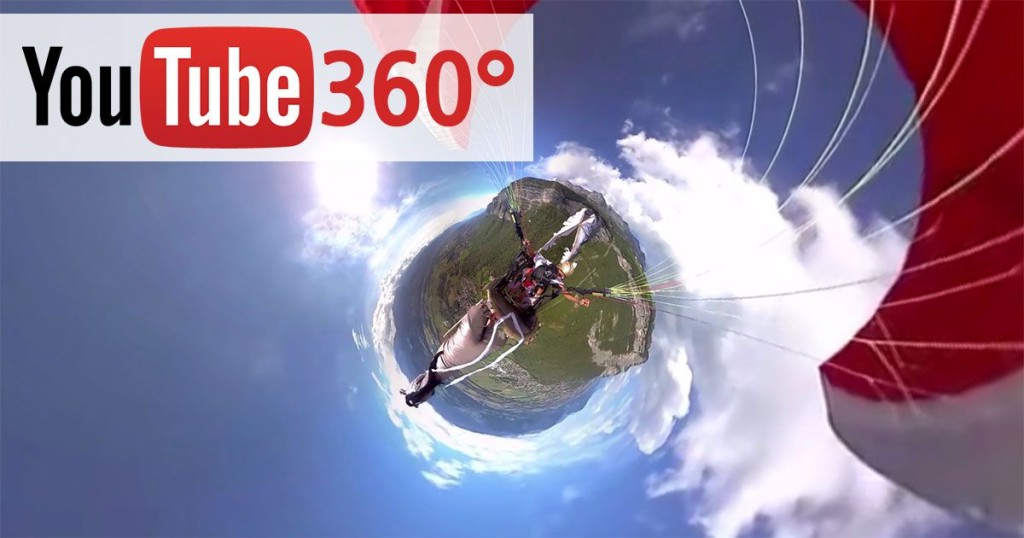Brands are exploring mobile 360-degree video experiences, allowing users to immerse themselves into an environment without the need for virtual reality headgear. YouTube now supports 360-degree video on mobile devices, as does Facebook, which opens opportunities to reach a global market of smart phone users.
While the age of new VR smart phones may be on the horizon, the rest of the world can enjoy VR-like experiences conveniently on the devices they already have, which is important to reach the largest market possible.
The applications for this technology are limited only to the imagination of the brand it represents. EPIX has released their first interactive 360-degree experience for the network’s espionage drama Berlin Station, which is set to launch this fall. The experience, accessible at BerlinStation.com, drops you into a VR-like experience that doesn’t require headgear to use and navigate, and thus, making it accessible for anyone.
“EPIX has a massive promotional plan surrounding [Berlin Station]. It is a major priority for the company,” said Shane Lindley, senior director of digital programming and product at EPIX. “It’s the first time we’ve done anything like this—across multiple touch points, really, like any other new major original series that’s being launched—from on-air promotion, in-theater promotion, magazines, television and definitely online and across all of our digital platforms.”
In April, Hilton Hotels and Resorts launched a 360 experience called “Our Stage, Your Story” that takes users on a virtual vacation to inspire future destinations. The New York Times has been providing 360-degree versions of their virtual reality films, such as 2016 election rallies, a virtual journey to Pluto and joining Cirque du Soleil on stage as they practice for a new Broadway show.
YouTube Gaming is taking advantage of 360-degree video capabilities to build their eSports viewership. “Can you imagine being at the League of Legends World Championship and having a 360 junk cam in the middle of the audience and feel like you’re right there watching?” Ryan Wyatt, director of content and partnerships at YouTube Gaming, told [a]listdaily.
Until the world’s population is walking around with VR like something out of a cyberpunk novel, creating an immersive experience for users without the need to purchase new equipment is a powerful way to reach a wider audience. In this way, 360 mobile video reaches the billions of viewers who can watch conveniently from the comfort of wherever they happen to be.

